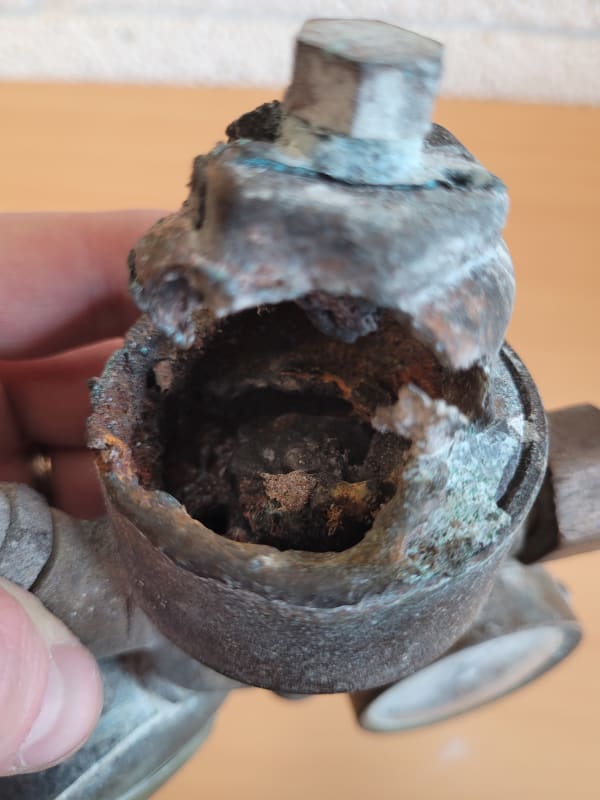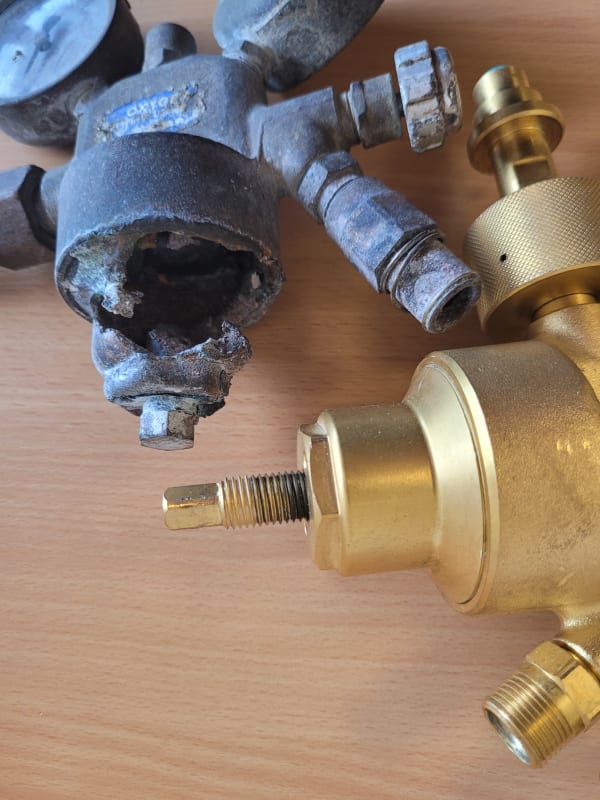Prometheus21
Mechanical
Hi all,
Approaches to compressible flow varies, but applications are often assumed to be either isothermal or adiabatic. For longer pipelines isothermal flow conditions are usually adequate, and the Crane technical paper 410 is a well used resource. It does however lack when describing adiabatic flow, and I'm looking for additional literature on this area.
Problem background:
My company (small - located in Europe) manufactures a multitude of gas fittings, valves, filling equipment and the like. Everything is cleaned for oxygen service iaw. Praxair GS-38 (now obsolete).
A typical adiabatic flow application of interest is high pressure hoses. Fluoroplastic tubing, ID:6mm, burst pressure 1200 bar, Wp: 300 bar. Total length: typically 1-3m length. Typical gas to be filled/used: oxygen. Due to the extremely volatile nature of high pressure oxygen, strict regulations exist regarding testing, approvals, precision cleaning ect.
The maximum flow capacity is thoroughly documented during the extensive testing. This applies to every type of equipment produced. I'm however more interested in learning more about actually modeling and calculating the flow of fluid through valves, fittings, pipes, hoses ect. given a high pressure differential, rapid filling times and well insulated systems; adiabatic flow.
My question is this: can you guys recommend any good literature on this topic? The amount of heat generated by friction is minute, but being able to model both with and without friction would be helpful.
Thank you for any input you may have!
Approaches to compressible flow varies, but applications are often assumed to be either isothermal or adiabatic. For longer pipelines isothermal flow conditions are usually adequate, and the Crane technical paper 410 is a well used resource. It does however lack when describing adiabatic flow, and I'm looking for additional literature on this area.
Problem background:
My company (small - located in Europe) manufactures a multitude of gas fittings, valves, filling equipment and the like. Everything is cleaned for oxygen service iaw. Praxair GS-38 (now obsolete).
A typical adiabatic flow application of interest is high pressure hoses. Fluoroplastic tubing, ID:6mm, burst pressure 1200 bar, Wp: 300 bar. Total length: typically 1-3m length. Typical gas to be filled/used: oxygen. Due to the extremely volatile nature of high pressure oxygen, strict regulations exist regarding testing, approvals, precision cleaning ect.
The maximum flow capacity is thoroughly documented during the extensive testing. This applies to every type of equipment produced. I'm however more interested in learning more about actually modeling and calculating the flow of fluid through valves, fittings, pipes, hoses ect. given a high pressure differential, rapid filling times and well insulated systems; adiabatic flow.
My question is this: can you guys recommend any good literature on this topic? The amount of heat generated by friction is minute, but being able to model both with and without friction would be helpful.
Thank you for any input you may have!


